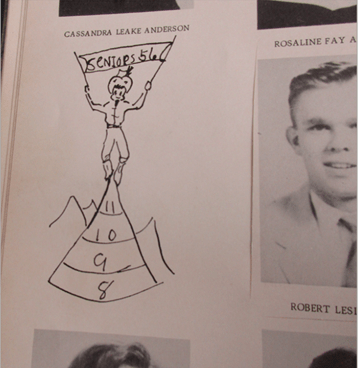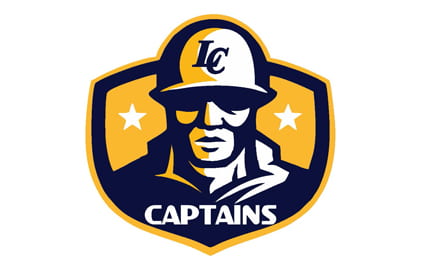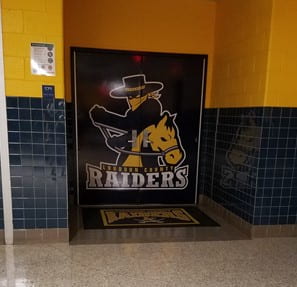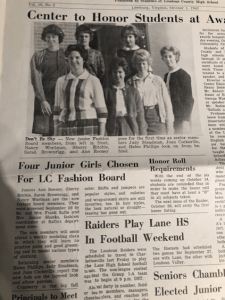Hybrid learning delayed, students disappointed
Olivia DeWan | staff writer

Sophomore Melina Wightman works diligently in her online class of physical education. Like most other students, she’s working from home.
Since March, most students in Loudoun County have been attending school through the distance learning model. Students were set to go back to hybrid learning on January 21, but due to the number of rising cases as of mid-December, hybrid is no longer an option.
“I was upset,” sophomore Sydney Schafer said. “Though this time I was kind of expecting it.”
On December 10, the Virginia Department of Health announced that the amount of COVID cases had exceeded the metrics established by the School Board. The metics stated that as long as COVID cases stayed below a certain number, students whose families elected to do so could participate in hybrid learning. Under this plan, most students would attend classes in person two days per week while continuing with asynchronous learning on Mondays and attending classes in a concurrent learning model from home on the other two days of the week.
With the latest metrics, the Loudoun County community returned to one hundred percent distance learning on December 15.
“I was really looking forward to seeing people,” sophomore Kiley Byers said. “I’m an in-person learner so hopefully being back soon will help me to understand my harder level classes.”
Many students had the same mindset.
“The closure really sucked because I wanted to see my friends,” said sophomore Melinna Wightman.
The students have been participating in distance learning for several months and have been social distancing for longer.
The time away from friends and teachers has started to take its toll, and many students were looking forward to going back to school.
“I was looking forward to having some normality back even though it will still be different,” said sophomore student Amelia Spadaccini.
Schafer agrees. “I was looking forward to getting out of the house, really just a change of scenery. I wanted to see my teachers and friends in person even with all the restrictions.”
Though students were upset, they understood why distance learning resumed.
“I wasn’t bothered by the closure,” sophomore Jose Lopez said. “The school board made a good decision that will protect students and their families.”
Many questions are still unanswered. Will the students ever go back?
“I honestly don’t know if we will,” Byers said. “They say we’re going to go back but then something changes. They keep pushing our return back, so I wouldn’t be surprised if they canceled it all together.”
Students are trying to stay positive.
“I hope a vaccine comes out, but I’m trying my best not to get my hopes too high,” Schafer said. “Though if a vaccine does come out will people take it? Would teachers? I have many friends that would like online (distance learning) better.”
Since the interview, two COVID vaccines have been approved, with the first doses going to healthcare workers and the elderly. The vaccine has been approved only for those sixteen years of age or older. The COVID vaccine can help protect you by creating an antibody response in your body without you actually having COVID. The vaccine can prevent you from getting COVID, or if you do end up with it, help you from becoming seriously ill.
Regardless of this new medical advancement, many students still feel they would be safer partaking in distance learning instead of hybrid.
“I wouldn’t go back now,” Spadaccini said. “Now that there’s more cases it’s more likely someone will have COVID and just lie about not having symptoms.”
Byers disagrees.
“As long as we take the necessary precautions I think I’ll be fine.”
Through a time of uncertainty and constant change, students have stuck it out and will continue to do so.
“In the end I think we will go back,” Spadaccini said. “But it’ll be after we graduate because it seems like we’re not going anywhere anytime soon.”





















